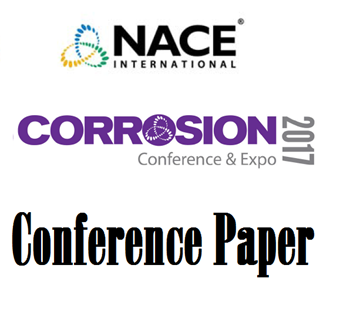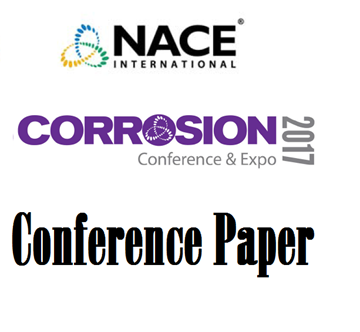Search
Products tagged with 'cathodic protection'
View as
Sort by
Display
per page
Comparing AC Study Techniques In Addressing AC Corrosion Risk
Product Number:
51322-17735-SG
Publication Date:
2022
$20.00
Comparison of Two ASTM E1820 Standard Fracture Toughness Test Methods for LAS Material in Deaerated Saltwater under Cathodic Protection
Product Number:
51324-21094-SG
Publication Date:
2024
$40.00
Compatibility & Interactions Between Cathodic Protection and Vapor Phase Corrosion Inhibitors
Product Number:
51317--9232-SG
ISBN:
9232 2017 CP
Publication Date:
2017
$20.00
Compatibility Analysis of Regional CP System and Electrical Grounding System in Oil/Gas Stations
Product Number:
51317--9254-SG
ISBN:
9254 2017 CP
Publication Date:
2017
$20.00
Composite Repairs And Cathodic Protection
Product Number:
51322-17825-SG
Publication Date:
2022
$20.00
Conditioning Of Steel Surfaces With Various Abrasive Blast Media And Effect On Coating Performance
Product Number:
51322-17888-SG
Publication Date:
2022
$20.00
Considerations Associated With the Selection of Electrochemical Protection Systems for a High-Rise Building in Sydney, Australia
Product Number:
51323-18844-SG
Publication Date:
2023
$20.00
Considerations Associated with the Selection of Electrochemical Protection Systems for Reinforced Concrete Structures
Product Number:
51323-19045-SG
Publication Date:
2023
$20.00
Corrosion and Corrosion Protection of Offshore Wind Energy Towers
Product Number:
41211-635-SG
Publication Date:
2011
$20.00
Corrosion And Corrosion Protection Of Water Wells
Product Number:
51322-17631-SG
Publication Date:
2022
$20.00
Corrosion Assessment and Repair for Aging Concrete Infrastructure
Product Number:
51324-20860-SG
Publication Date:
2024
$40.00
Corrosion Assessment to Extend Vessel Continuous Operation Subsequent to Depleted Anodes Indications
Product Number:
51323-18992-SG
Publication Date:
2023
$20.00












